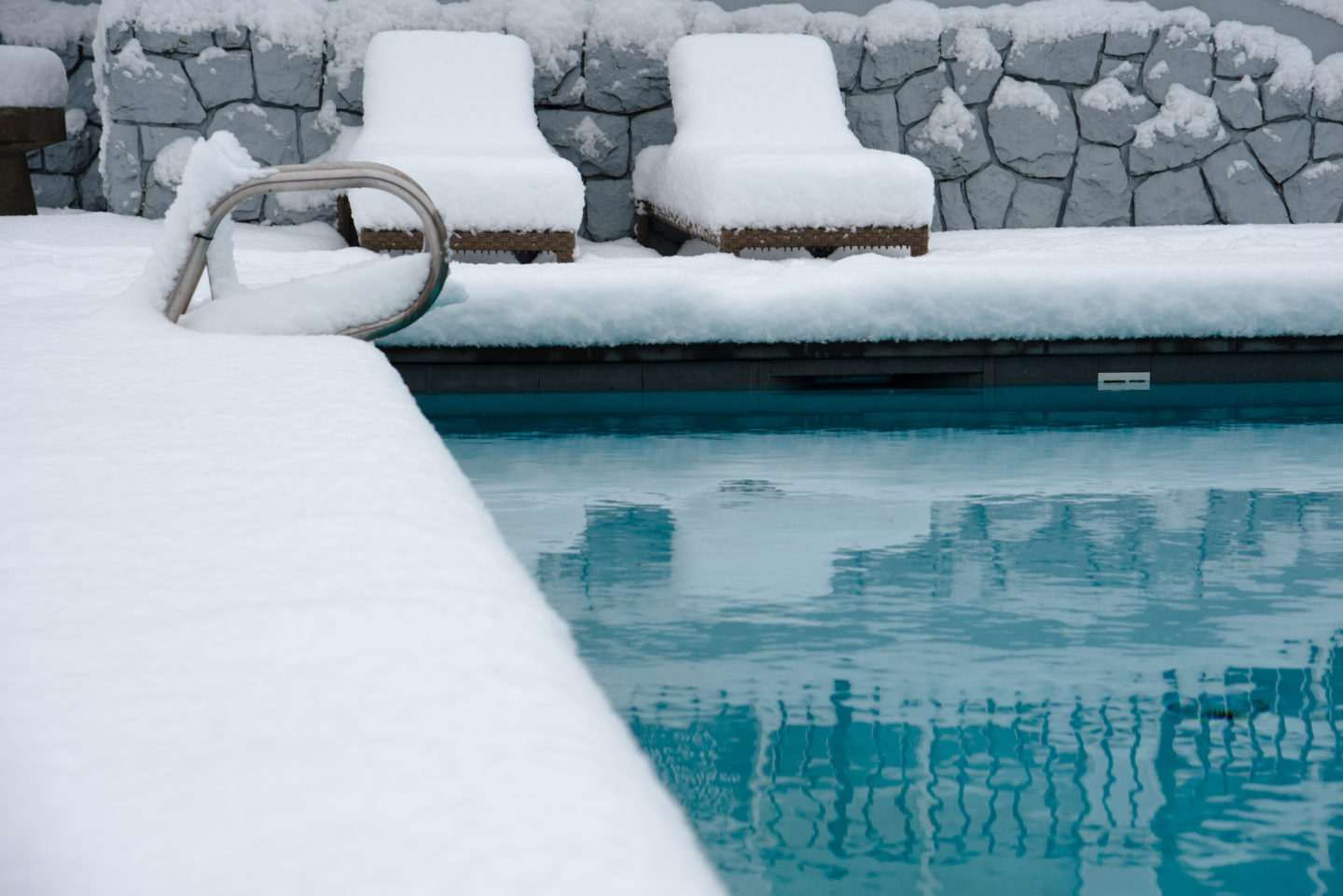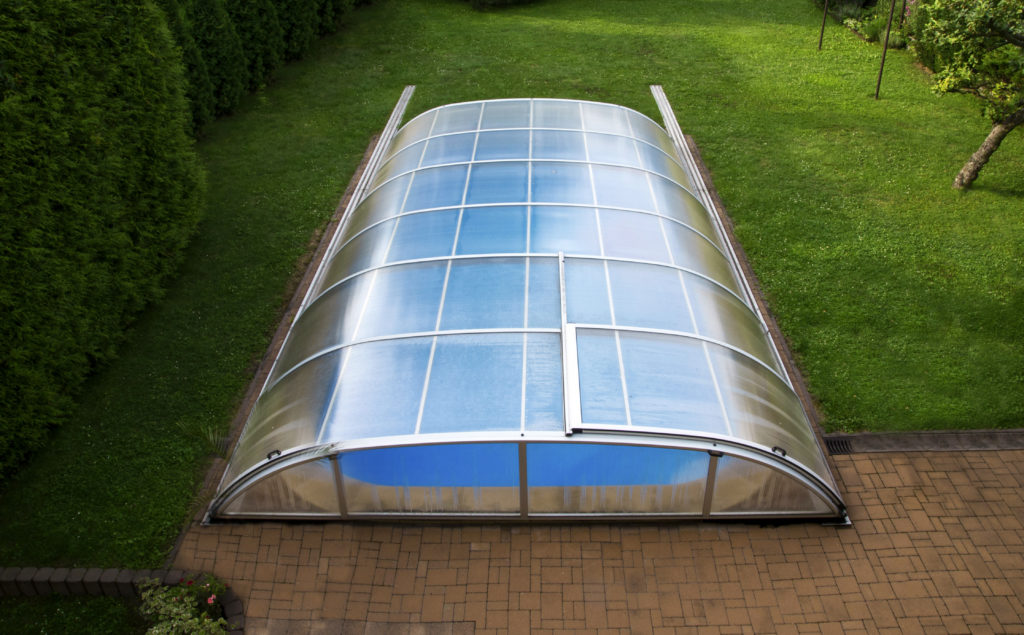Our advice for successful passive winterizing

Have the recent end-of-season temperatures got you thinking about how to winterize your pool? How can you avoid freezing, ensure correct operation of your equipment and not have to spend time thinking about the water this winter? Here are the golden rules for passive winterizing! Winterizing protects your equipment to guarantee a long life for your pool.
In fact, winter can sometimes show your pool no mercy. There is a high risk of freezing and this can be problematic for your equipment, but also for your pool basin. Winterizing thus avoids formation of ice and subsequent cracks and other irreversible malfunctions.
Passive winterizing thus encourages you to maintain your equipment by cleaning it and by checking at least once per year that it operates correctly.
Passive winterizing, once it is set up, requires no intervention at all until the spring: its reversal is then known as spring start-up or re-opening the pool.
Above all, do not empty the pool.
The pressure of the water is essential for the pool structure, emptying it could cause lasting damage due to the pressure of earth around it. And on the contrary to what we might believe, it is more efficient in terms of cost not to empty it...
Begin winterizing when the temperature approaches 12 °C.
Below 12 °C, development of algae and micro-organisms slows down, you - probably - no longer use your pool: this is the right time to start the winterizing process. Don’t be taken by surprise by the rapid drop in temperatures: the risks of freezing and malfunctions can crop up very quickly.
Passive winterizing: several stages to be followed.
Here they are in order:
- Clean the pool (floor, walls, waterline) and the filter
- Shock the pool water (superchlorination)
- Reduce the water level by 10 cm
- Empty the pump, the filter and the pipes
- Close the filter valve
- Add ice prevention accessories to the water (winter floats, for example)
- Turn off the pump and store the equipment (pump, filter) in a dry place
- Add the winterizing chemicals to the water
- Lastly, put the winter cover in place.
That’s all, you can breathe easy now: your pool will spend the winter in good conditions.

Re-open the pool at the first sign of warm temperatures to avoid the water turning green.
Do you remember the 12 °C at the start of winterizing? It's the same idea for re-opening your pool! After several days at 12 °C, the risk of proliferation of algae and micro-organisms increases. Oops, is it too late? Don’t panic: read all our advice on how to treat green water.
Now you are all set up for winter. Do you have any questions? Don’t hesitate to ask us in the comments at the bottom of this article, or on our social networks!
You will like also ...
ALL NEWS